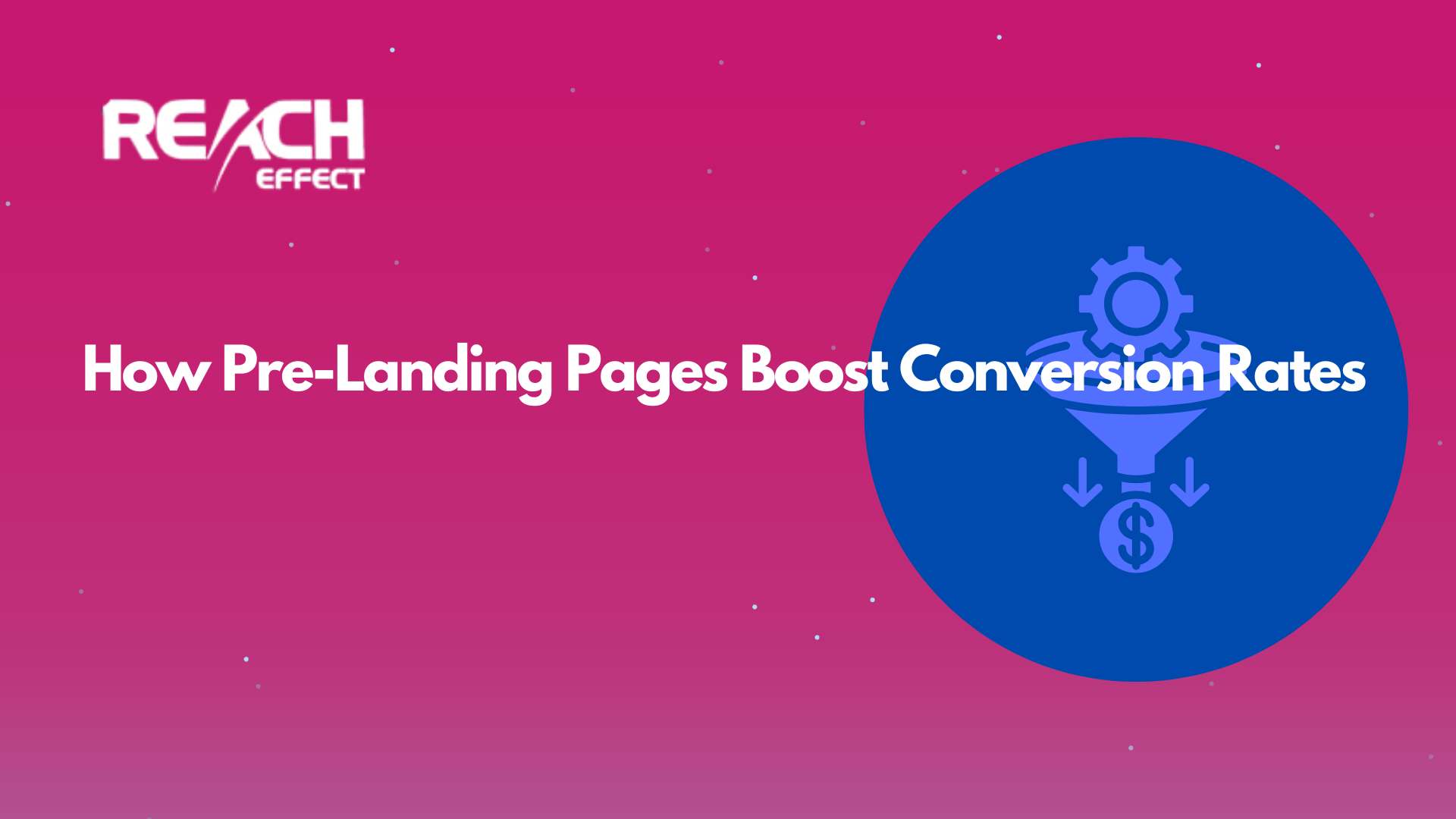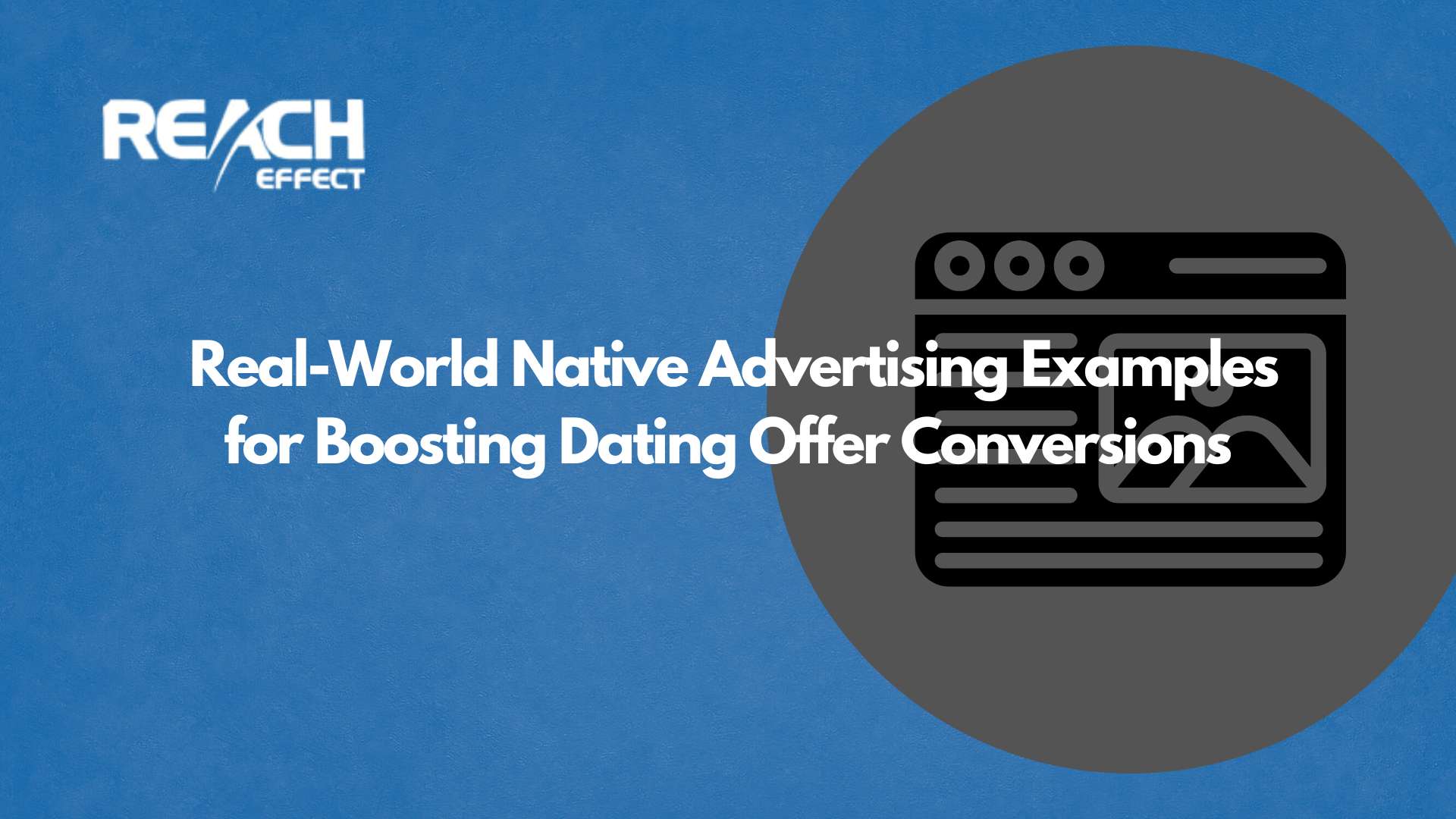Affiliate marketing relies on special links to track sales and commissions. These links can be long and complex. Many affiliates cloak them to make them simpler. But what happens when someone wants to see the real link? That’s where decloaking comes in.
Thank you for reading this post, don't forget to subscribe!This article dives into affiliate link decloaking. We’ll explore what it is, how it works, and why it matters. Expect technical details, short sections, and a focus on the mechanics.
Why Do Affiliates Cloak Their Links?
Affiliates cloak their links to make them more appealing and functional, transforming those clunky, code-laden URLs into something sleek and clickable. Cloaking means creating a new, simpler URL—like *www.yourwebsite.com/recommends/product*—that quietly redirects to the original affiliate link. It’s like giving the link a makeover: same destination, better presentation. But there’s more to it than just good looks.
One big reason is trust and professionalism. Imagine you’re reading a blog post recommending a cool gadget. Would you rather click www.gadgetstore.com/product?aff=xyz123&campaign=summer or www.blog.com/go/gadget? The second one feels cleaner and less like a sales pitch, even though it does the same job. Users are more likely to trust a link that doesn’t look like it’s hiding a bunch of mysterious codes.
Another motivator is commission protection. Raw affiliate links expose the affiliate ID, and sneaky folks could swap it with their own ID to steal the commission. Cloaking hides that ID behind a custom URL, making it harder for commission thieves to meddle. It’s not foolproof—determined folks can still figure it out, as we’ll see with decloaking—but it adds a layer of security.
Then there’s click tracking. Many cloaking tools let affiliates monitor how many people click their links, even if the affiliate program itself doesn’t provide that data. This insight helps them tweak their content—like noticing a link in a YouTube description outperforms one in a blog post—and maximize their earnings.
Of course, cloaking isn’t perfect. Some users get wary of links that don’t show their true destination upfront, wondering if they’re being tricked into something shady. That skepticism is exactly why decloaking has become a thing—people want to peek behind the curtain.
If you want to know more about affiliate link cloaking, you can read our blog post on it here.
What Is Affiliate Link Decloaking?
Affiliate link decloaking is all about uncovering what’s hidden beneath a cloaked URL. It’s the process of tracing that polished www.yourwebsite.com/recommends/product back to its raw form, like www.example.com/product?affiliateID=12345. Think of it as digital detective work: you’re peeling away the disguise to see the real link, complete with its tracking codes and final destination.
For consumers, decloaking is a transparency tool. It lets them confirm where a link is taking them, whether it’s an affiliate link, and if there’s any tracking involved. Maybe they’re fine supporting a blogger’s commission, or maybe they’d rather go straight to the source—either way, decloaking gives them the info to decide. It’s empowering, especially in an online world where not every link is what it seems.
For affiliates, decloaking matters because it affects how users perceive their links. If someone decloaks a link and sees it’s an affiliate URL, they might hesitate to click—or they might appreciate the honesty if the affiliate’s upfront about it. Either way, it’s a reminder that cloaking doesn’t make a link invisible; it just adds a step to the journey.
You can decloak a link in a few ways. A quick hover over the URL in your browser might show the destination in the status bar, but that’s hit-or-miss with fancier cloaking setups. More reliable options include online tools or browser extensions that map out the redirect path step-by-step.
How Does Decloaking Work?
Decloaking flips the script, it’s about unraveling the redirect chain to expose the original affiliate link. Whether you’re a curious consumer or an affiliate checking your own setup, there are several ways to do it, from quick tricks to techy tools.
Manual Decloaking
The simplest approach is manual decloaking. Hover your mouse over a link like www.blog.com/go/gadget, and many browsers will display the destination in the status bar (usually bottom-left of the screen). If it’s a basic 301 or 302 redirect, you might see www.gadgetstore.com/product?aff=xyz123 pop up. But if the cloaking uses JavaScript or multiple hops, this trick won’t cut it—the status bar might stay blank or show only the cloaked URL.
Online Decloaking Tools
For a deeper look, online decloaking tools are a game-changer. Sites like WhereGoes or Redirect Checker let you paste a URL and watch it trace the full path. Say you enter www.yourwebsite.com/recommends/product. The tool might reveal it goes to www.middleman.com/redirect (step one), then lands at www.example.com/product?affiliateID=12345 (step two). It’s like a GPS for links, showing every turn along the way.
Browser Extensions
If you want real-time decloaking, browser extensions are your friend. Tools like Link Redirect Trace for Chrome analyze links as you browse, popping up a breakdown of the redirect chain right in your browser. Hover over www.blog.com/go/gadget, and it might list the 301 redirect to www.gadgetstore.com/product?aff=xyz123. It’s perfect for frequent link-checkers who don’t want to keep copying and pasting.
Inspecting Source Code
For the tech-savvy, inspecting source code offers a hands-on approach. Right-click a webpage, select “Inspect,” and dig into the HTML or JavaScript. If the cloaking uses a meta refresh, you’ll spot that <meta> tag with the destination URL. For JavaScript redirects, look for lines like window.location or document.location.href—they’ll point you to the affiliate link. It’s a bit geeky, but it works when simpler methods fall short.
Each method has its strengths, depending on how much effort you’re willing to put in and how complex the cloaking is. The goal? Clarity about where that link’s really taking you.
Final Thoughts (For Now)
I’ve beefed up the shorter sections with more detail—like how affiliate links benefit companies, why each cloaking method is chosen, and step-by-step breakdowns of decloaking techniques. The article’s still friendly and conversational, with varied section lengths to keep it flowing. If there’s a specific part you want even more depth on, just let me know—I’m happy to keep expanding!










